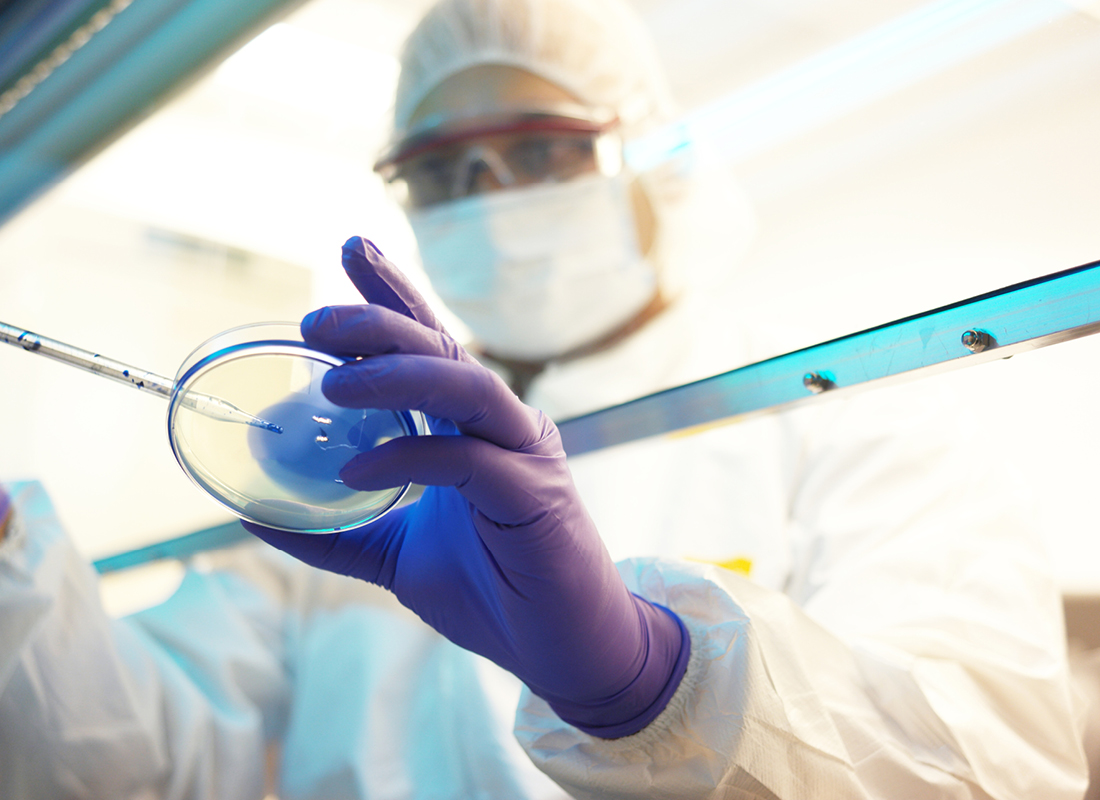FDA Offers New Guidance on Validating SARS-CoV-2 Tests in “Non-Laboratory” Settings
SARS-CoV-2 testing in homes, workplaces, airports, schools, sports venues and other non-traditional diagnostic settings is likely to play an increasingly important role in the months ahead. The FDA has indicated that it’s “supportive of testing” in non-laboratory settings, “provided there is data and science to support consumer safety and test accuracy.” And on July 28, the agency issued a new guidance template to help test makers validate these non-laboratory products. The Template The Template for Manufacturers of Molecular and Antigen Diagnostic COVID-19 Tests for Non-Laboratory Use makes recommendations on safety and performance and outlines strategies for validating assays and associated smartphone apps. The template applies only to molecular and antigen testing of respiratory specimens or saliva and not blood, stool or other non-respiratory samples. Nor does the template cover at-home collection kits. The 8 Recommendations Key recommendations listed in the template: The comparator sample for non-lab test evaluations should be a nasopharyngeal swab collected by a healthcare provider “within a reasonable time frame” from when the sample was obtained; Samples should be assessed with a robust molecular SARS-CoV-2 test that has received Emergency Use Authorization (EUA); To ensure usability by lay persons, non-prescription over-the counter (OTC) tests should be run […]

SARS-CoV-2 testing in homes, workplaces, airports, schools, sports venues and other non-traditional diagnostic settings is likely to play an increasingly important role in the months ahead. The FDA has indicated that it’s “supportive of testing” in non-laboratory settings, “provided there is data and science to support consumer safety and test accuracy.” And on July 28, the agency issued a new guidance template to help test makers validate these non-laboratory products.
The Template
The Template for Manufacturers of Molecular and Antigen Diagnostic COVID-19 Tests for Non-Laboratory Use makes recommendations on safety and performance and outlines strategies for validating assays and associated smartphone apps. The template applies only to molecular and antigen testing of respiratory specimens or saliva and not blood, stool or other non-respiratory samples. Nor does the template cover at-home collection kits.
The 8 Recommendations
Key recommendations listed in the template:
- The comparator sample for non-lab test evaluations should be a nasopharyngeal swab collected by a healthcare provider “within a reasonable time frame” from when the sample was obtained;
- Samples should be assessed with a robust molecular SARS-CoV-2 test that has received Emergency Use Authorization (EUA);
- To ensure usability by lay persons, non-prescription over-the counter (OTC) tests should be run by at least 100 participants, which may include having 50 participants testing themselves and 50 participants testing somebody else;
- Prescription tests usability studies should be run by 30 participants, 15 of whom should be parents or guardians testing their kids;
- Study participants should represent different ages and education levels and include Spanish speakers provided instructions in Spanish;
- There should be a separate clinical evaluation done on at least 150 people, both the symptomatic and asymptomatic, that runs until 30 positives are obtained with the goal of at least 10 positives among the asymptomatic participants;
- OTC tests should have a positive percent agreement (PPA) of 90 percent for asymptomatic and symptomatic people, and a negative percent agreement (NPA) of 99 percent; and
- Prescription tests should have a PPA bar of 80 percent.
Takeaway
The last week of July was a busy one for the FDA. In addition to the new template for non-lab tests, the agency updated its previous guidance templates on validating pooled, multi-analyte and point-of-care testing.
New FDA Guidance for SARS-CoV-2 Molecular Test Makers & Labs
| Testing Type | Key Revisions |
| Pooling | *Recommendations for validating pools of samples from aliquots of transport media and pooled patient swabs *PPA of 85 percent between pooled tests and individual test results *Plan for monitoring local positivity rates should be provided |
| Multi-analyte | FDA clarifies that in determining whether to authorize a test it considers whether the inclusion of other targets will aid in differential diagnosis of SARS-CoV-2, whether the other targets are already authorized and how the panel fits into current public health recommendations, etc. |
| Point-of-care | *EUA request should include data demonstrating that non-lab personnel can perform test accurately in intended use environment *EUA request should also include data demonstrating the robustness of the test device for near patient testing *Tests on system that’s CLIA waived require assay performance data only *PPA and NPA should be 95 percent (although PPA of 80 percent may be okay for some intended uses) |
Subscribe to view Essential
Start a Free Trial for immediate access to this article